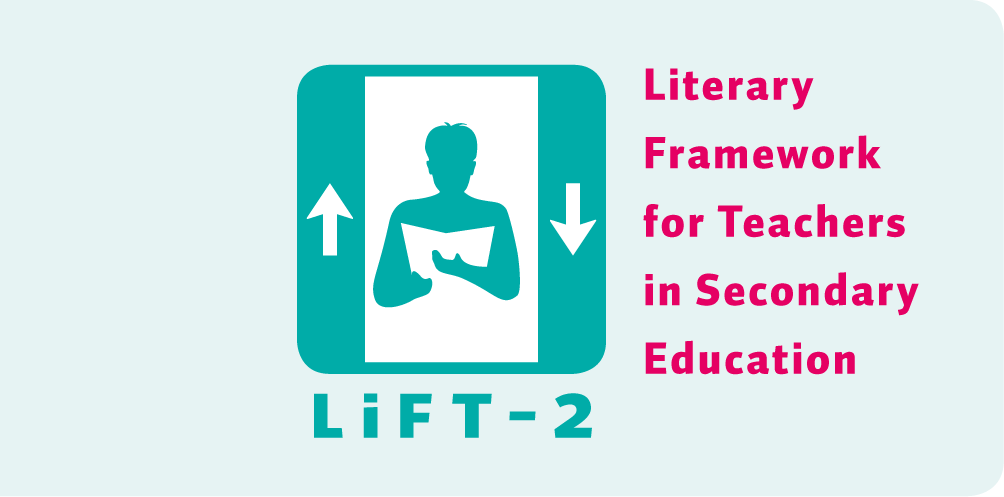Level 1»2: From experiential to engaged reading
| Transition 2.1 | From a curious reader to an enthusiastic one | |
|---|---|---|
| Focus | Introducing the world of books | |
| Goals | Teacher activities | Student activities |
| Choose a book by using elementary criteria. | Provide criteria for choosing interesting books, e.g. referring to themes, style, publicity... | Promote books with ‘book talk’ (e.g. read enticing fragments to arouse other students’ curiosity). Explain book choice in a way that shows personal engagement (interests, involvement). |
| Gain an understanding of the author’s writing process. | Bring ‘the world of books’ into the classroom by making books available in the class, inviting an author to give a talk or showing how writers work (e.g. documentaries or feature films on writers, audio features, theatrical performances, websites, software, etc.). | Ask writers about their work in the classroom, in an online chat, via e-mail, etc. |
| Plan reading acts (at home). | Provide room for reading and presenting books (make a timetable, ...). | Plan reading activities. |
| Understand general classifications in a library. | Take students to the school or public library and give them/arrange for a guided tour. Instruct them on how to find a book (explain icons, discuss rules). | Practise finding books in different sections of the library. |
| Transition 2.2 | From familiar topics to an interest in specific subjects and problems (psychological, social, ...) | |
| Focus | Cultivating student interest in specific topics and issues in fiction | |
| Goals | Teacher activities | Student activities |
| Link situations and problems in texts with society. | Ask questions about texts. Inspire students to broaden their view of life and learn more by asking questions while reading (modelling). | Compare specific situations in a book (e.g. social, age- or family related) with contemporary historical situations. |
| Improve reading strategies. | Help students structure summaries and focus on the important elements of a story (by, e.g., presenting different examples of summaries and asking students to choose the best one). | Summarize the plot of a story according to different categories. |
| Identify/develop empathy with a character. | Use various activities to discuss the characters’ experiences in relation to those of the students. Give the possibility to show closeness as well as distance to characters. | Explore and express perceptions of the character, and try to explain them. |
| Describe differences between texts dealing with the same topics. | Show the diversity of the literary world by giving students different texts on the same topic. | Read different texts on the same topic and discover differences between them. |
| Identify basic genre features. | Draw students’ attention to genre features, provide criteria to identify different literary genres. Discuss genre features. | Compare texts of different genres and activate knowledge of genres in literature and other media. |
| Become aware of genre preferences. | Compose (with the students’ help) an annotated list of books – with categories such as themes and genres – from which students can choose if they wish. Provide this list to parents, too. | Reflect on personal preferences for certain genres. Read books from the list, discuss preferences for certain themes and genres, and recommend books to peers. |



